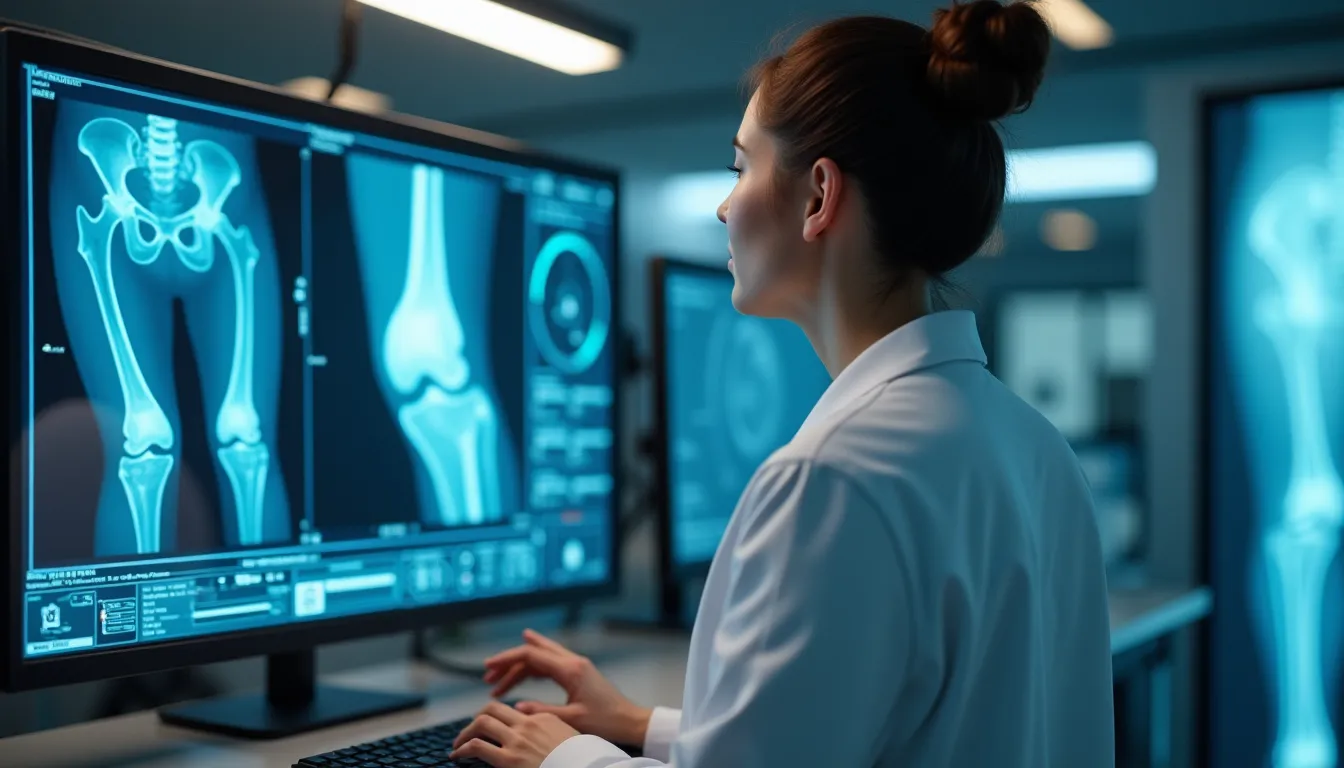The University of Surrey has made a groundbreaking discovery in the field of osteoarthritis treatment, developing an AI system that can predict the progression of the disease from X-ray images. This innovative technology has the potential to revolutionize treatment plans for the over 500 million people worldwide affected by osteoarthritis. By generating a “future” X-ray image, the AI system provides a visual representation of how the disease may progress, allowing doctors and patients to make more informed decisions about treatment.
The system, trained on nearly 50,000 knee X-rays from 5,000 patients, can predict disease progression roughly nine times faster than similar AI tools, making it a significant step forward in the field. As David Butler, the study’s lead author, notes, “Our system not only predicts the likelihood of your knee getting worse – it actually shows you a realistic image of what that future knee could look like.” This level of transparency and accuracy has the potential to improve patient outcomes and reduce the economic burden of osteoarthritis.
The technology behind this system is based on a diffusion model, which creates a “future” version of a patient’s X-ray and identifies key points in the joint to track potential changes. This approach not only provides a visual forecast but also offers a personalized risk score, giving doctors and patients a clearer understanding of the disease. The University of Surrey’s breakthrough reflects broader industry trends towards using AI and machine learning to improve healthcare outcomes, and its potential applications extend beyond osteoarthritis to other chronic diseases such as lung or heart disease.
As researchers continue to develop and refine this technology, it is likely that we will see significant advancements in the field of healthcare. The ability to predict and visualize disease progression has the potential to transform the way we approach treatment, enabling more targeted and effective interventions. With its potential to improve patient outcomes and reduce healthcare costs, this technology is an exciting example of the impact that AI and machine learning can have on our lives.
Source: https://www.sciencedaily.com/releases/2025/10/251022023116.htm
